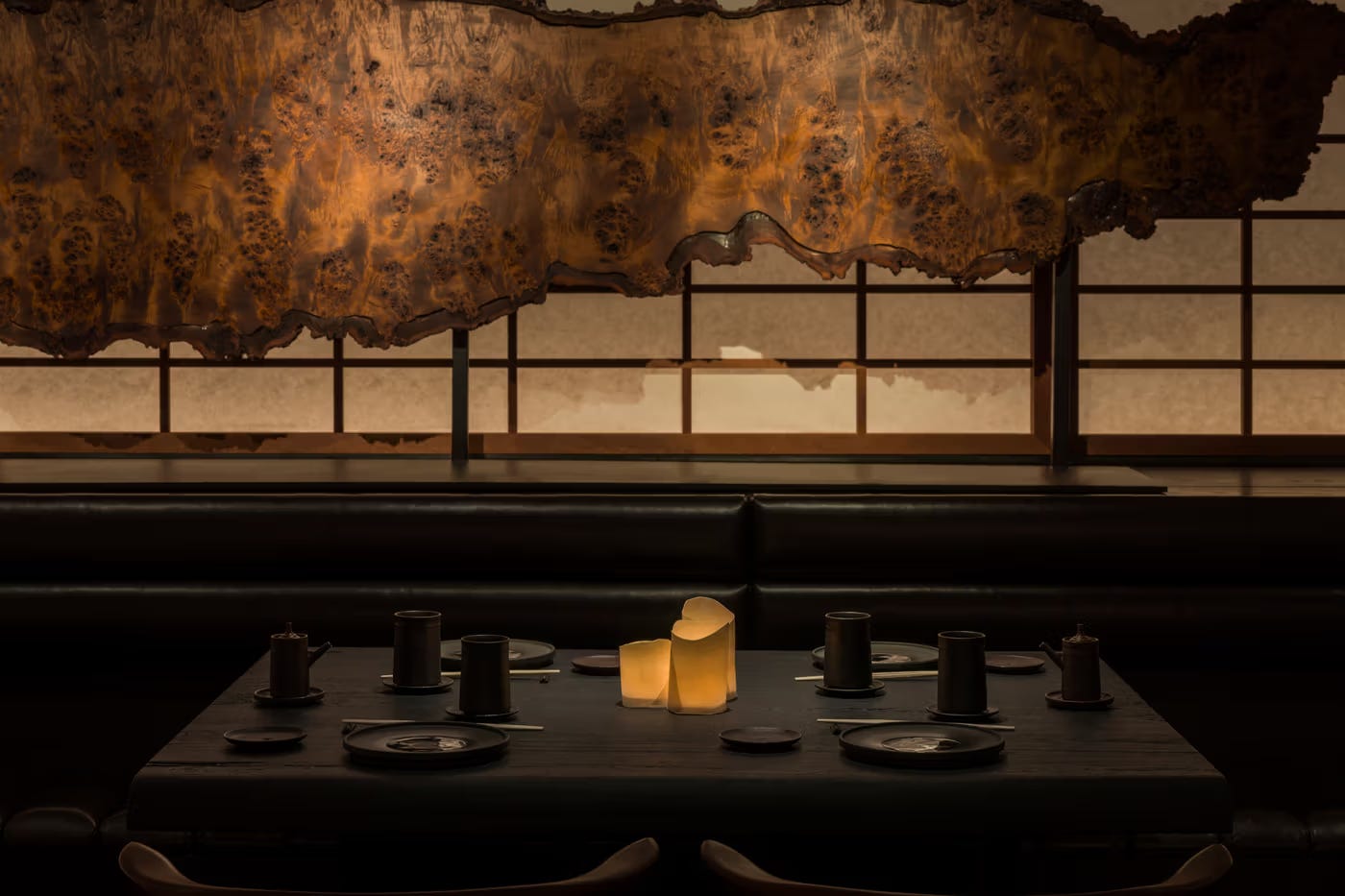Beyond the Storefront: New Frontiers in Luxury Brand Engagement
The modern luxury consumer demands more than products; brands are responding with immersive, unforgettable journeys
Consumers who shop at luxury clothing stores and have strong spending power have always been catered to in a different way. Nordstrom and Saks Fifth Avenue come with a personal shopper, Cartier and Rolex offer you a glass of top shelf champagne while you shop, etc., but we’re starting to see growth come to a standstill and earnings calls for public companies are less than stellar. In a time when brand loyalty is weakening across the board and the luxury slowdown roars on, brand differentiation is paramount to keep customers satisfied.
The alignment of luxury clothing/accessories and hospitality might be relatively new in terms of inked contractual partnerships, but people have making these informal connections for almost a century. The infamous Louis Vuitton trunk was first created to cater to elite global travelers in the late 1800s. By the early 1900s we can see an interesting association with their customers most often staying at The Ritz-Carlton during trips. The Ritz was founded in 1898 in Paris and within a few years was recognized globally as one of the best places to stay in the world for anyone who could afford it. From the start the hotel focused on “the finest French traditions in a subtle eclecticism.1” LV trunks could be seen throughout the hotel, including the basement where Earnest Hemingway used one to store his personal notebooks for years. These subtle signals would become a blueprint for brands to expand outside of traditional retail marketing.
Cafes and Restaurants
There might have been other brands that set the stage even earlier, but one of the first modern examples of brands opening a cafe is Giorgio Armani. He opened the first cafe at their Paris store in 1998 and followed this by opening one in Milan two years later. They now have 24 cafes and full restaurants across the world. My fellow streetwear lovers know all too well that Kith has done an incredible job with their Kith Treats addition to some of their locations. They have regular snacks and lattes but also offer seasonal and cultural options depending on the time of year. During Lunar New Year a few months ago the menu featured options like ube-flavored drinks and ice cream.
There aren’t too many brands that followed in the footsteps of Armani for full restaurants given how wildly different the two business models are, until now. A few weeks ago, Saint Laurent announced they’d be opening another location of L.A. based restaurant Sushi Park inside of their RIVE DROITE boutique. Situated inside of an unassuming strip mall in West Hollywood, the original Sushi Park tends to be star studded and boasts customers like Charlize Theron, Bad Bunny, Kendall Jenner, Emma Stone, and dozens more. They often receive high praise for the quality of their fish, specifically the blue crab hand roll. Chef Peter Park is now taking his talents and expanding to Paris after a successful pop up with Saint Laurent in 2023. This could create a customer acquisition flywheel for both entities, and the potential success of this restaurant location might influence other brands to move in this direction.
Travel
We’ve all seen stores like Burberry, Dior, and Hugo Boss inside of major airports where travelers can do real shopping before their flight, but some brands want to be top of mind during the entire time you’re getting to and from your destination. LVMH recently announced they’ve partnered with Accor, the holding company that acquired the Orient Express in 2022. It started as a high-end train but over the years the Orient Express morphed into a full-scale hospitality enterprise that also includes hotels and cruises. Because LVMH has so many labels under their umbrella, they have the perfect opportunity for product placement along each step of the customer journey. They’ll be able to curate a hyper-specific experience depending on which method of transportation travelers are taking and directly cater to their preferences.
Hotels
High end hotels always provide an easy slam dunk. What better way to get revenue from your customers than to meet them where they’re guaranteed to be during their vacation? Walk into a five star hotel around the world and you’ll very frequently see a small-scale version of Hermés, Cartier, Gucci, etc., but the next iteration of this is much deeper and nuanced. The Robb Report, one of my favorite magazines when I was growing up and probably one of the reason why I’m a little bougie now, wrote an interesting piece last year highlighting some of the clothing brands partnering with various resorts and hotels across the world. One of my favorites has been Hotel Du Cap-Eden Roc, situated along the French Riviera, and Lacoste. (Side note - if you haven’t seen the latest pieces from Lacoste, you should check them out. They really ventured out of their narrow adolescent preppy vibe that made them popular in the early 2000s.) They had plenty of pieces only sold in the hotel gift shop that fall under the resort core trend, but they stepped it up and leveraged Lacoste’s tennis origins. “Beyond chic attire, co-branded tennis courts feature tennis balls, towels, parasols, and other equipment wrapped in the signature crocodile logo.2” They even tapped tennis legend Venus Williams to be part of the launch. This is the level of unique branding that will remain in guests minds for months if not years to come.
Knowing that brands want to continue to gain deeper exposure to their current and potential customers make these interesting collaborations increasingly popular. If you want to dive more into this intersection, I’d recommend checking out Nadine @ The Stanza. She always has some incredible breakdowns of how fashion and hospitality align to create beautiful consumer experiences.
https://www.ritzcarlton.com/en/about-the-ritz-carlton/our-legacy/
7 High-End Fashion Collaborations Taking Over Luxury Hotels and Beach Clubs Right Now by Leila Najafi




